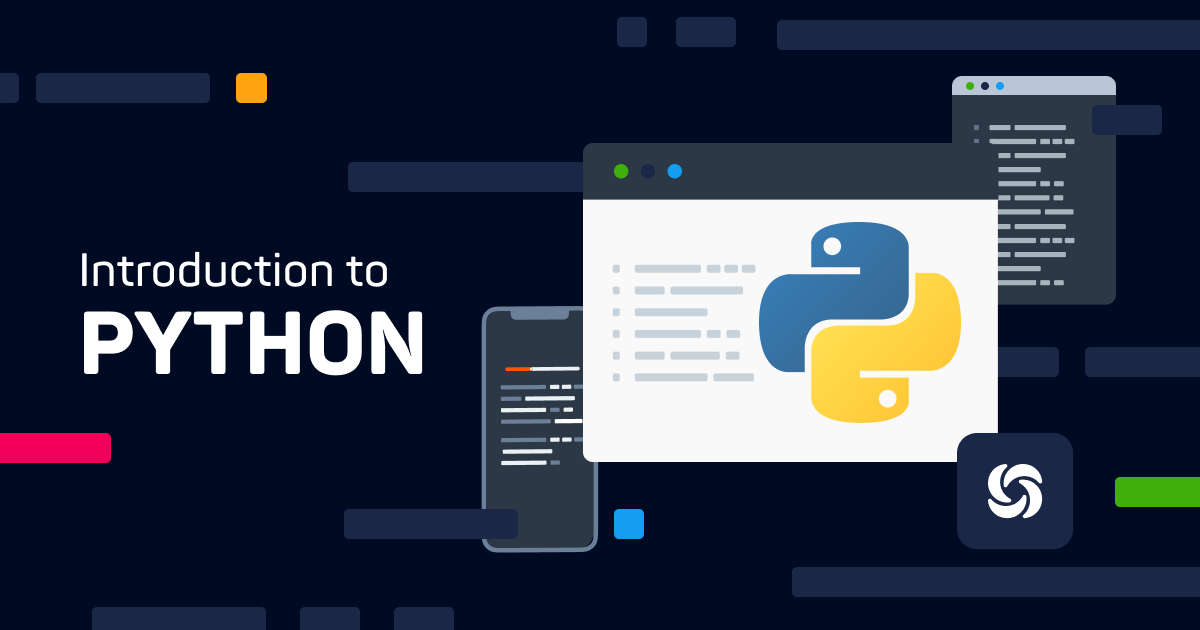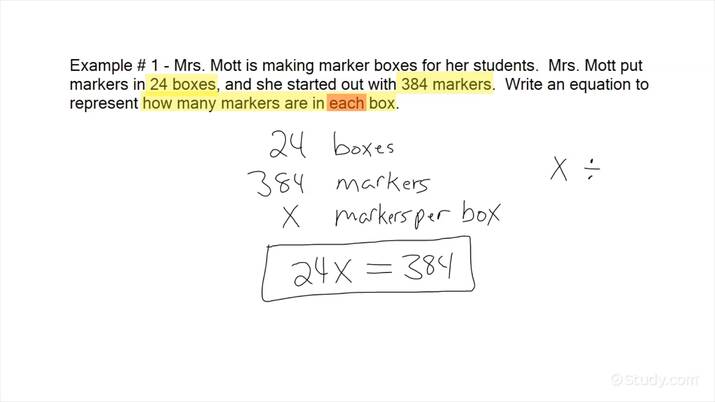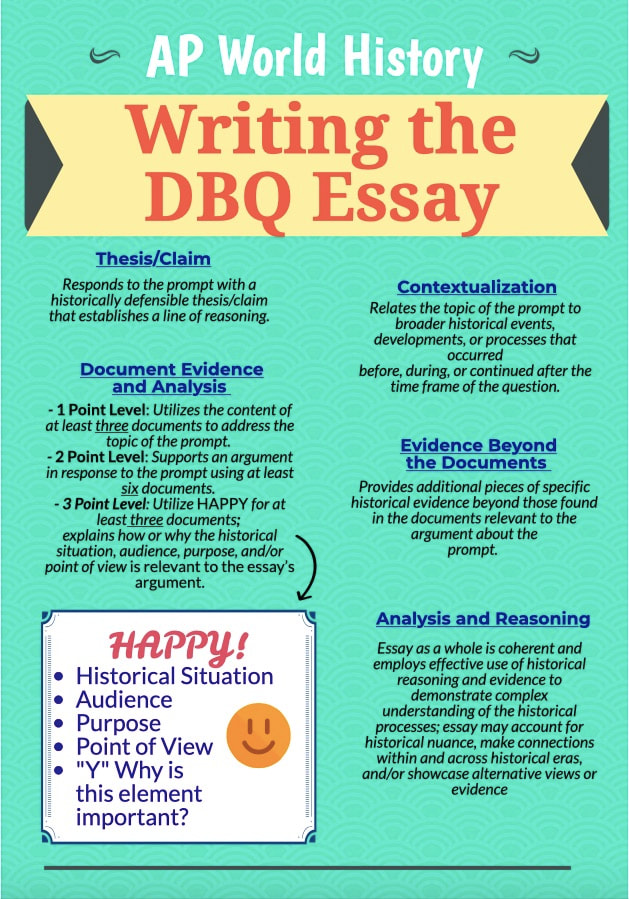Introduction to Python
Python is a versatile and easy-to-learn programming language created by Guido van Rossum in 1991. It can be used for everything from web development to data analysis, and is known for its simple syntax and readability. Python is a great language for beginners because of its straightforward syntax and code readability. It is also highly versatile, and can be used to create desktop applications, web applications, and games. Python’s powerful libraries and frameworks make it a great choice for data science and machine learning. Python is open source and platform independent, meaning it can be used on any operating system or device. With its numerous libraries, frameworks, and tools, Python is an excellent choice for any programmer.
1. Overview of Python
Python is a powerful, versatile, and popular programming language. It is widely used for web development, data science, artificial intelligence, and scripting. Python is easy to learn and use, with a focus on readability and simplicity, making it accessible and popular among beginners and experienced developers alike. Its vast library of modules and frameworks enable developers to quickly and easily create powerful applications. Python is also open source and cross-platform, meaning it runs on any operating system. With its expansive range of uses and applications, Python is an essential tool for modern software development.
2. Getting Started with Python
Python is a powerful, versatile programming language that can be used for a variety of tasks. It is especially useful for data analysis, web development, and machine learning. This blog will help you get started with Python and provide some useful tips along the way. We will discuss the basics of Python, its syntax, the different data types, and how to create and run programs. We will also explore some of the more advanced features of Python such as modules, classes, and object-oriented programming. Lastly, we will discuss how to debug and troubleshoot your Python code. With these tools and techniques, you will be well on your way to becoming a Python expert.
3. Python Syntax
Python is a high-level programming language that is used for writing programs and applications. It is easy to learn and can be used for a wide range of tasks. Python syntax is simple and straightforward and focuses on readability. It uses fewer lines of code than other languages, making it easier to understand the logic behind the code. Python also uses indentation to denote blocks of code, making it easy to spot errors and typos. With a few simple rules, Python syntax is easy to learn and allows you to write programs efficiently and quickly.

4. Built-in Data Types
A blog is an online journal or informational website featuring commentary or news on a particular subject. Built-in data types are the basic data types that are supported by the programming language that you are using. These are typically boolean, integer, float, string, or array. These data types can be used to store information in an organized and structured way, allowing the programmer to access and manipulate the data easily and efficiently. Knowing how to work with built-in data types is key to writing efficient and effective code, and is an important part of the blog section for any programmer.
5. Working with Modules and Libraries
Working with modules and libraries is an important part of software development. By utilizing modules and libraries, developers can quickly add functionality to their applications and make their code more efficient and organized. Modules are pre-written code designed to make an application more robust by adding additional features or functionality. Libraries are collections of modules and functions that can be easily accessed and used within an application. Working with modules and libraries allows developers to save time and produce better results faster.
6. Application of Python
Python is a powerful and versatile programming language that is used for a variety of applications. It can be used for web development, software development, scientific computing, artificial intelligence, game development, and much more. Python is also renowned for its simple syntax, which makes it easy to learn and work with. It is an open-source language, so there are numerous libraries and frameworks available for developers to use. Python is also highly extensible and can be used for a wide range of tasks. Its flexibility makes it ideal for rapid application development and prototyping. Python is also well-suited for data analysis and machine learning. With its scalability, it can easily handle large datasets and complex algorithms. Ultimately, Python is an incredibly useful language that can be used for a broad range of applications.
Q1. What is Python?
A1. Python is a high-level, interpreted, general-purpose programming language. It is used for web development, data science, scripting, and many other applications.
Q2. What are the benefits of learning Python?
A2. Learning Python can benefit you in many ways, including providing a strong foundation for programming, development of data analysis skills, easy use of automation and scripting, and the ability to create robust and secure software applications.
Q3. Is Python easy to learn?
A3. Python is considered to be an easy language to learn, as it has a simple syntax that can be quickly picked up by beginners. It is also versatile, allowing you to develop applications for the web, desktop, or mobile devices.
Conclusion
In conclusion, Python is an easy to learn, versatile and powerful programming language. It is used for a wide range of applications, from web development to data science and artificial intelligence. With its simple syntax and wide range of libraries, Python is a great language to start learning programming. With its large user base, you can find resources and support online to help you get started.






